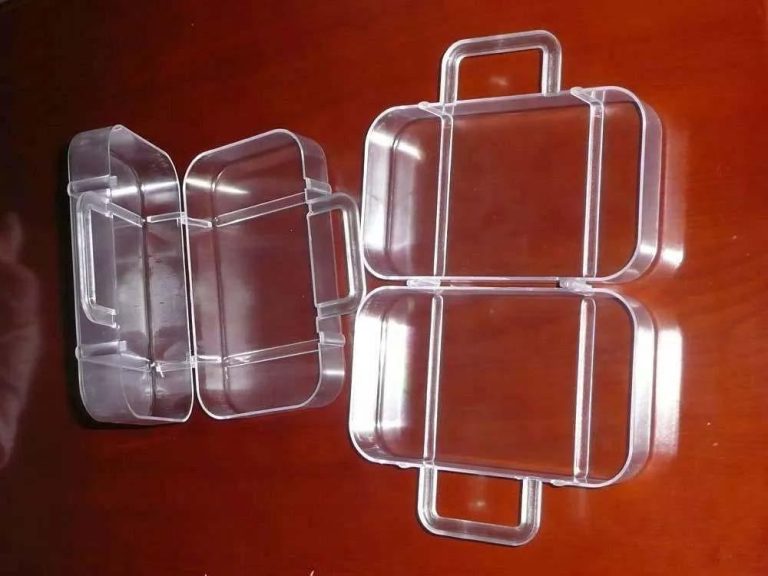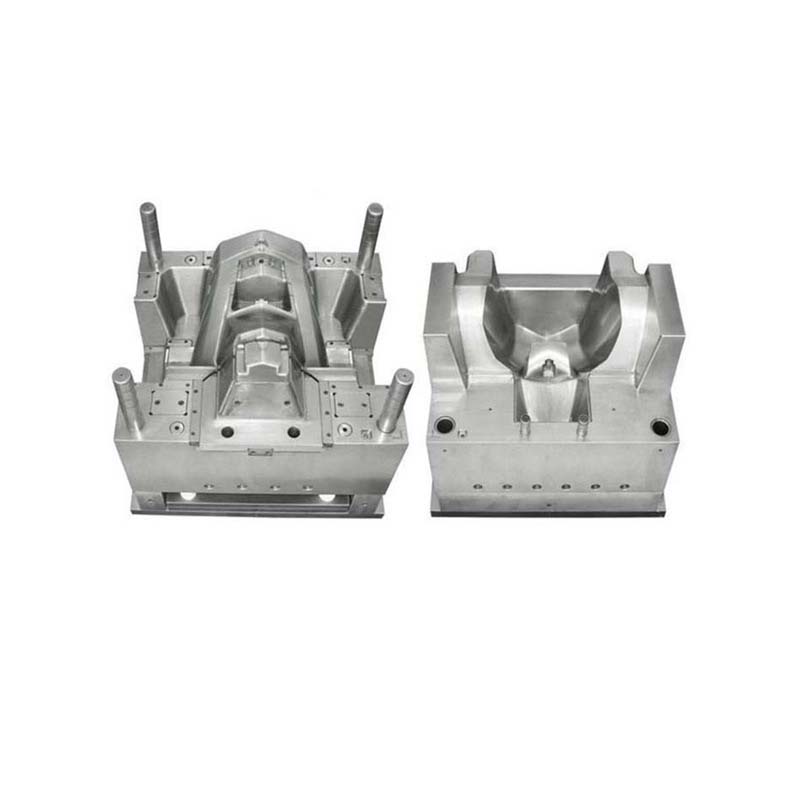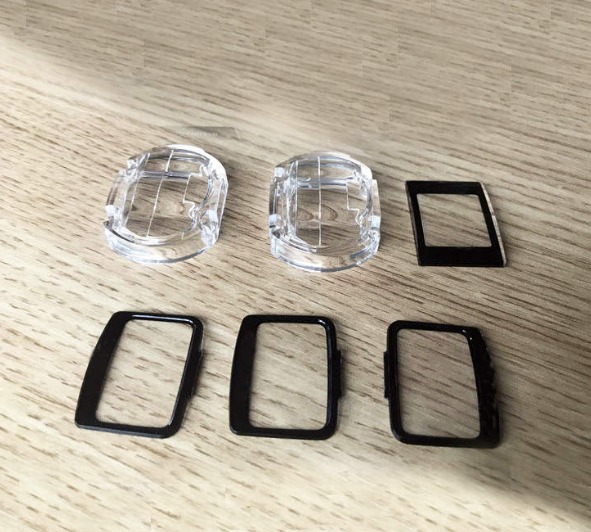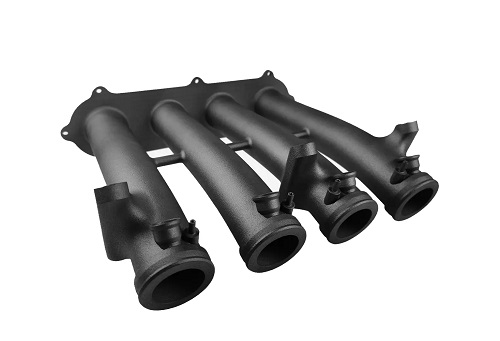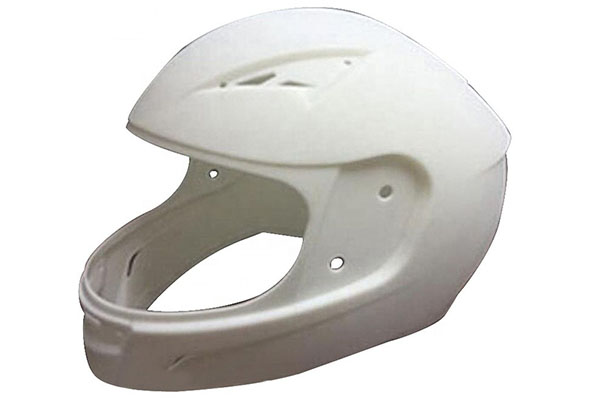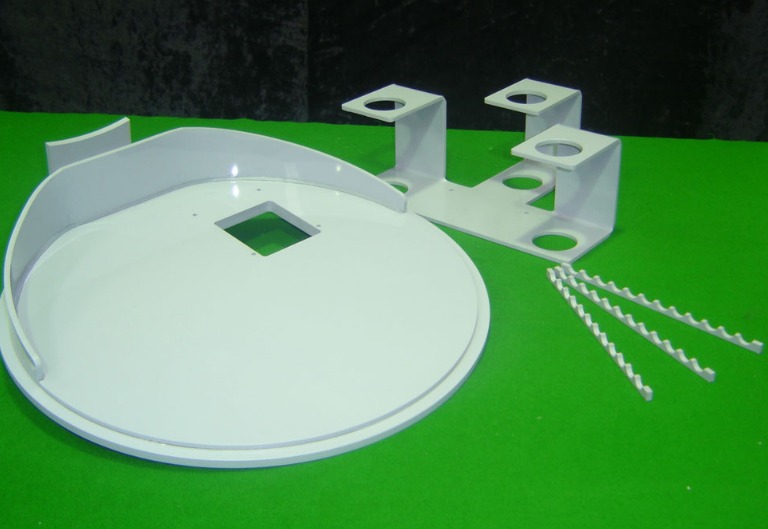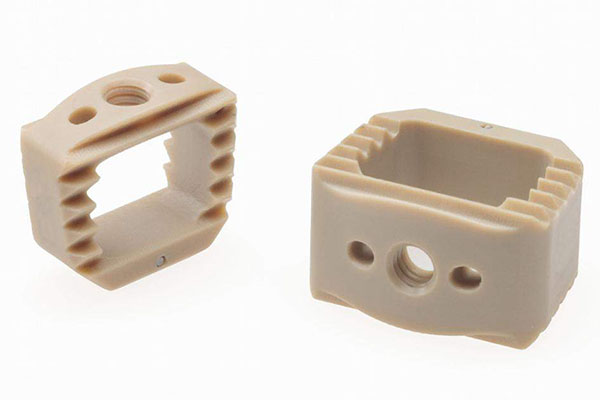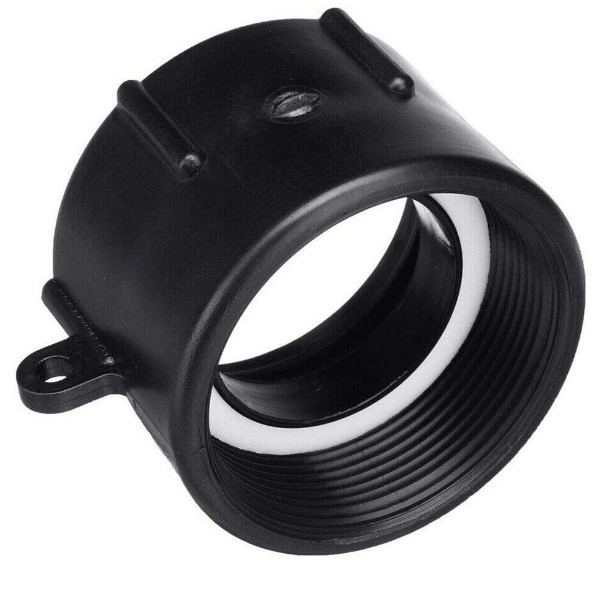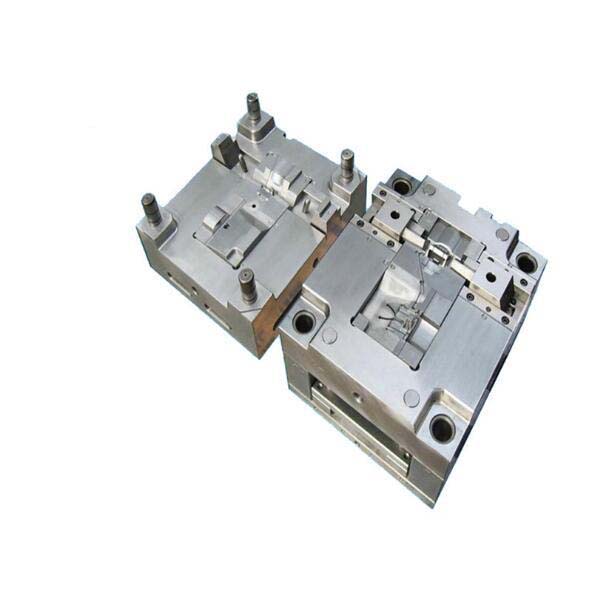Introduction
Polypropylene (PP) is one of the most widely used plastics in injection molding, but working with it isn’t without challenges. Manufacturers often struggle with issues like warping during cooling, achieving consistent part quality, and optimizing the molding process to reduce cycle times. Whether you’re new to using PP or looking to refine your existing processes, understanding its unique properties and how they interact with the injection molding process is key to overcoming these hurdles. This guide will dive deep into everything you need to know about injection molding polypropylene, from its material properties to quality control measures.
Material Properties of Polypropylene (PP)
Key Characteristics
Polypropylene (PP) is a thermoplastic polymer known for its balanced set of properties that make it ideal for a wide range of injection molding applications. Let’s break down its main attributes:
- Mechanical properties: PP has good tensile strength and impact resistance, especially when modified with additives. It’s also highly flexible, allowing it to withstand repeated bending without breaking—this makes it perfect for products like hinges or containers with snap - fit lids.
- Thermal properties: With a melting point ranging from 160°C to 170°C, PP can handle moderate heat, but it’s not suitable for high - temperature applications above 100°C for extended periods. Its heat deflection temperature (HDT) is around 60°C to 100°C, depending on the grade.
- Chemical resistance: PP is resistant to many acids, alkalis, and organic solvents, which is why it’s commonly used in chemical storage containers and lab equipment.
- Density: At approximately 0.90 - 0.91 g/cm³, PP is one of the lightest commercial plastics, reducing the weight of finished parts and lowering material costs.
- Durability: It has good fatigue resistance, meaning it can endure repeated stress without failing, making it suitable for parts that undergo frequent use.
Comparison with Other Plastics
To highlight PP’s uniqueness, here’s a quick comparison with two other common injection molding plastics:
| Property | PP | Polyethylene (PE) | Polycarbonate (PC) |
| Density | 0.90 - 0.91 g/cm³ | 0.91 - 0.96 g/cm³ | 1.20 g/cm³ |
| Melting Point | 160 - 170°C | 110 - 130°C | 220 - 230°C |
| Impact Resistance | Good | Excellent | Very Good |
| Cost | Low | Low | High |
Injection Molding Process for PP
Essential Parameters
- Melt temperature: For PP, the recommended melt temperature is typically between 180°C and 230°C. Too low a temperature can lead to poor flow and short shots, while temperatures above 260°C may cause thermal degradation, resulting in discoloration or reduced mechanical properties.
- Injection speed: A moderate to high injection speed (50 - 100 mm/s) is often used for PP to ensure proper filling of the mold, especially for thin - walled parts. However, excessively high speeds can cause shear heating and flash.
- Cooling time: Due to its low thermal conductivity, PP requires adequate cooling time. Generally, cooling time ranges from 10 to 30 seconds, depending on part thickness. Thicker parts will need longer cooling to prevent warping.
- Cycle time: PP’s relatively fast cooling compared to some other plastics allows for shorter cycle times, often between 20 and 60 seconds, which improves production efficiency.
Mold Design Considerations
- Gate and runner system: For PP, a hot runner system is often beneficial as it reduces material waste and helps maintain consistent melt temperature. The gate size should be appropriate to avoid excessive shear—typically 0.5 to 1.5 mm in diameter for small to medium - sized parts.
- Mold design: The mold should have well - designed cooling channels to ensure uniform cooling, which is crucial for preventing warping. Draft angles of at least 1° are recommended to facilitate easy ejection of the part.
Applications of Injection Molded PP Parts
Packaging
PP is widely used in packaging due to its low cost, light weight, and good barrier properties. Examples include:
- Food containers (yogurt cups, takeout boxes)
- Bottle caps and closures
- Plastic bags and wraps (stretch film)
Automotive Parts
In the automotive industry, PP is used for both interior and exterior parts:
- Interior trim (dashboard components, door panels)
- Exterior parts (bumper covers, fender liners)
- Underhood components (air intake manifolds, fluid reservoirs)
Consumer Products
Everyday consumer products made from injection molded PP include:
- Kitchen utensils (spatulas, food storage containers)
- Toys (action figures, building blocks)
- Furniture parts (chair legs, table edges)
Medical Devices
PP’s chemical resistance and ability to be sterilized make it suitable for medical applications:
- Syringes and vials
- Medical trays and containers
- Disposable gloves (though latex and nitrile are more common, PP gloves are used in some settings)
Electrical Components
PP’s electrical insulation properties make it useful for:
- Electrical outlets and switches
- Cable insulation
- Battery casings
Advantages and Disadvantages of PP in Injection Molding
Advantages
- Cost - effectiveness: PP is one of the most affordable plastics, reducing material costs for large - scale production.
- Lightweight: Its low density lowers shipping costs and makes it ideal for applications where weight is a concern, such as automotive parts.
- Recyclability: PP is recyclable (marked with resin identification code 5), making it a more sustainable choice compared to some non - recyclable plastics.
- High impact resistance: Modified grades of PP (like impact copolymer PP) have excellent impact resistance, even at low temperatures.
Disadvantages
- Limited UV resistance: PP tends to degrade when exposed to prolonged sunlight, so it often requires UV stabilizers for outdoor applications.
- Lower melting point: Its relatively low melting point restricts its use in high - temperature environments, such as near engine components that get very hot.
- Potential for warping: PP has a higher shrinkage rate (1.5% - 2.5%) compared to some other plastics, which can lead to warping if the molding process isn’t optimized.
Quality Control for Injection Molded PP Parts
Common Defects and Solutions
- Sink marks: These are depressions on the surface of the part, often caused by insufficient packing pressure or uneven cooling. To fix this, increase packing pressure or extend cooling time.
- Voids: Air bubbles inside the part can result from trapped air in the mold or improper drying of the material. Ensuring proper venting in the mold and drying PP (if necessary, though it’s less hygroscopic than nylon) can help.
- Warping: As mentioned, this is a common issue with PP due to its shrinkage. Solutions include optimizing cooling channels, using a more uniform wall thickness in the part design, and adjusting the hold pressure.
Inspection Techniques
- Dimensional accuracy: Use calipers, micrometers, or coordinate measuring machines (CMMs) to check that the part meets the specified dimensions. Tolerances for PP parts are typically ±0.1 mm for small parts and ±0.5 mm for larger parts.
- Surface finish: Visual inspection is used to check for defects like scratches, flash, or discoloration. For critical applications, a surface roughness tester can measure the Ra value, with acceptable levels depending on the application (e.g., 0.8 μm or lower for visible parts).
- Testing methods: Mechanical testing (tensile strength, impact resistance) can be performed on sample parts to ensure they meet the required mechanical properties. Chemical resistance testing may also be necessary for parts used in harsh environments.
Yigu Technology's View
As a parts custom manufacturing supplier, Yigu Technology recognizes the versatility of Polypropylene (PP) in injection molding. We leverage our expertise in optimizing the injection molding process for PP, from selecting the right grade based on application requirements to fine - tuning process parameters to minimize defects. Our focus is on delivering high - quality, cost - effective PP parts that meet our clients’ specific needs, whether for packaging, automotive, or medical applications. With strict quality control measures in place, we ensure consistent performance and reliability in every part we produce.
FAQs
- Can PP be used for outdoor applications?
Yes, but it requires the addition of UV stabilizers to prevent degradation from sunlight exposure. Without stabilizers, PP parts may become brittle and crack over time outdoors.
- What is the typical shrinkage rate of PP in injection molding?
The shrinkage rate of PP is generally between 1.5% and 2.5%. This can vary depending on the grade of PP, part thickness, and molding process parameters, so it’s important to account for shrinkage in the mold design.
- Is PP compatible with food contact applications?
Yes, many grades of PP are FDA - approved for food contact. They are non - toxic and resistant to food acids and oils, making them safe for use in food packaging and kitchen utensils.
